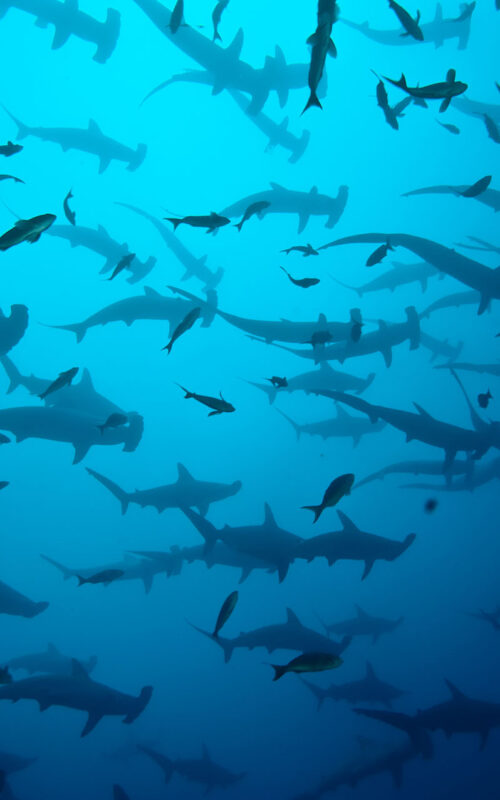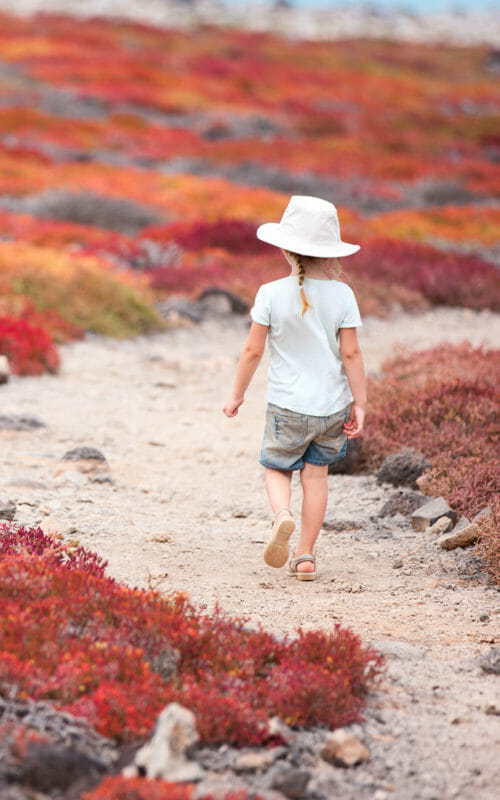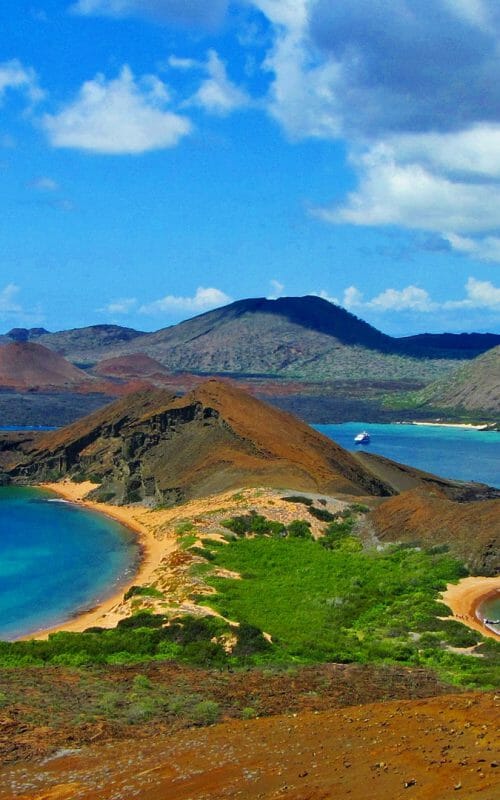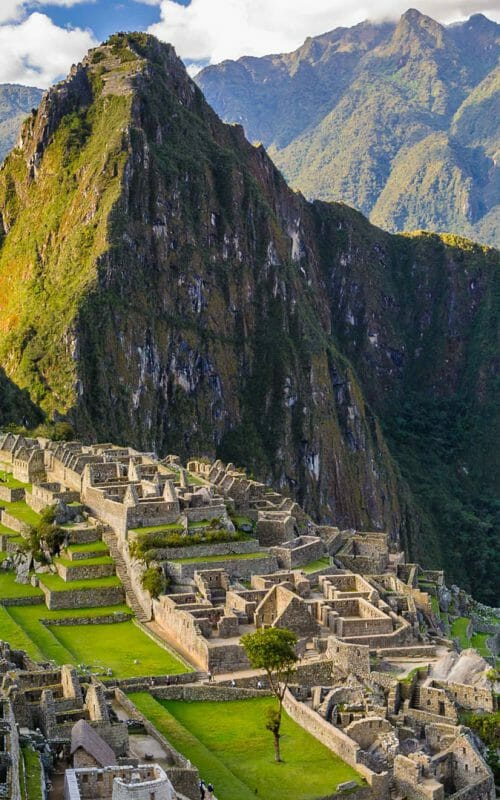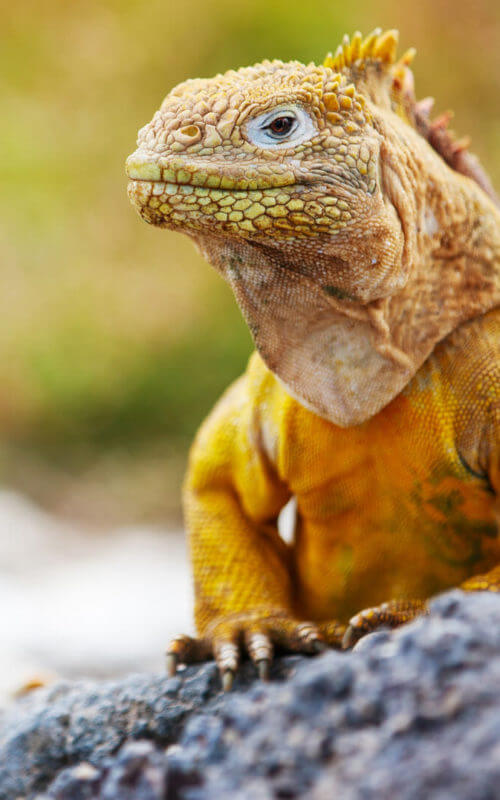There is no dive season in the Galapagos – it is possible to dive year-round in the archipelago. Most divers choose to explore this underwater world between June and September during the cool and dry season, but there are advantages of the warm and wet season too. The “best time” to dive here really depends on your tolerance for the water temperatures and what you want to see most.
The warm and wet season (otherwise known as the Manta Ray Season) happens between December and May, where north-eastern trade winds carry the hot Panama current past the Galapagos Islands. The air and ocean are both warmer during this time, the skies are generally clear and sunny, and a decrease in wind brings calmer seas. With this comes better underwater visibility and smoother sailings if you are choosing a liveaboard boat option. The average water temperature in this season are between 20-25ºC. This is also the time to see large schools of hammerhead sharks and giant manta rays.
The cool and dry season (otherwise known as the Whale Shark Season) happens between June and November, where southern trade winds carry the cold Humboldt and Cromwell currents past the Galapagos Islands. The air and ocean are both cooler during this time, the skies are generally more overcast, and an increase in wind brings choppier seas. With this comes poorer underwater visibility and rougher sailings if you are choosing a liveaboard boat option. The average water temperature in this season are between 17-20ºC. This is also the time to see whale sharks, who are following the nutrient-rich current.
Divers should expect medium to strong currents in the Galapagos Islands, so should be experienced to advanced. The waters are deep, the currents are strong, and there can be surges. It is not uncommon for down-drafts to occur, and the water temperatures can be very cold. Visibility in the archipelago is not as good as many of the world’s famed dive sites – expect an average of 10-20 metres, sometimes less in rougher conditions.
